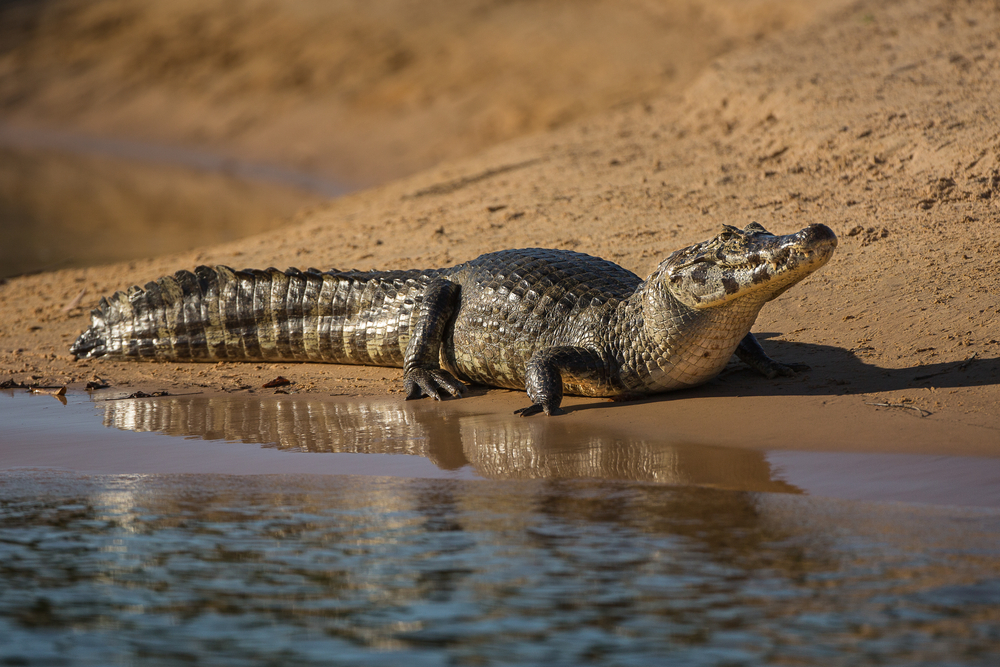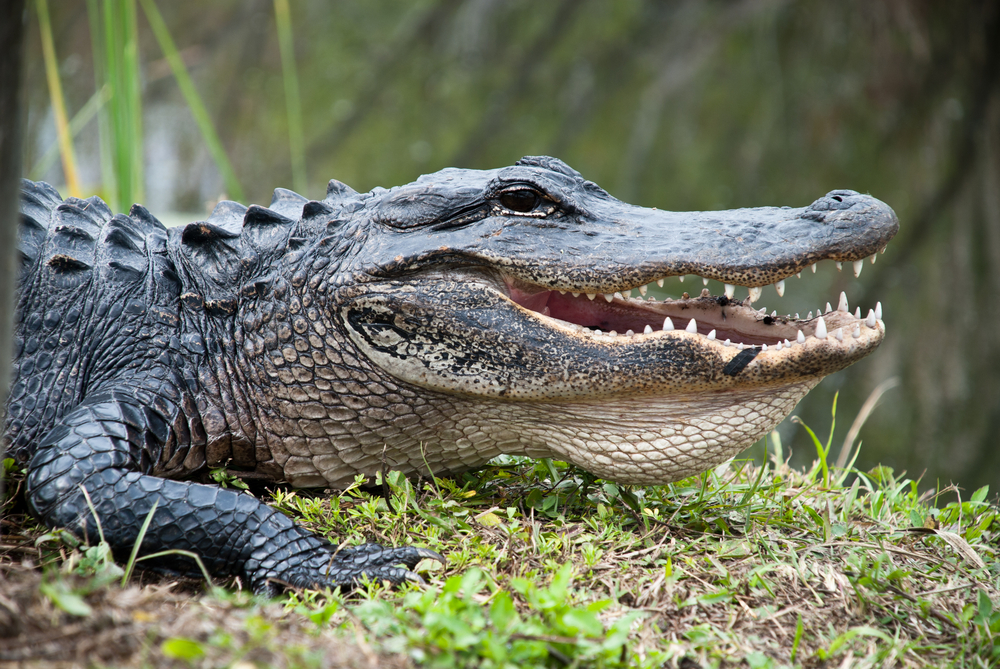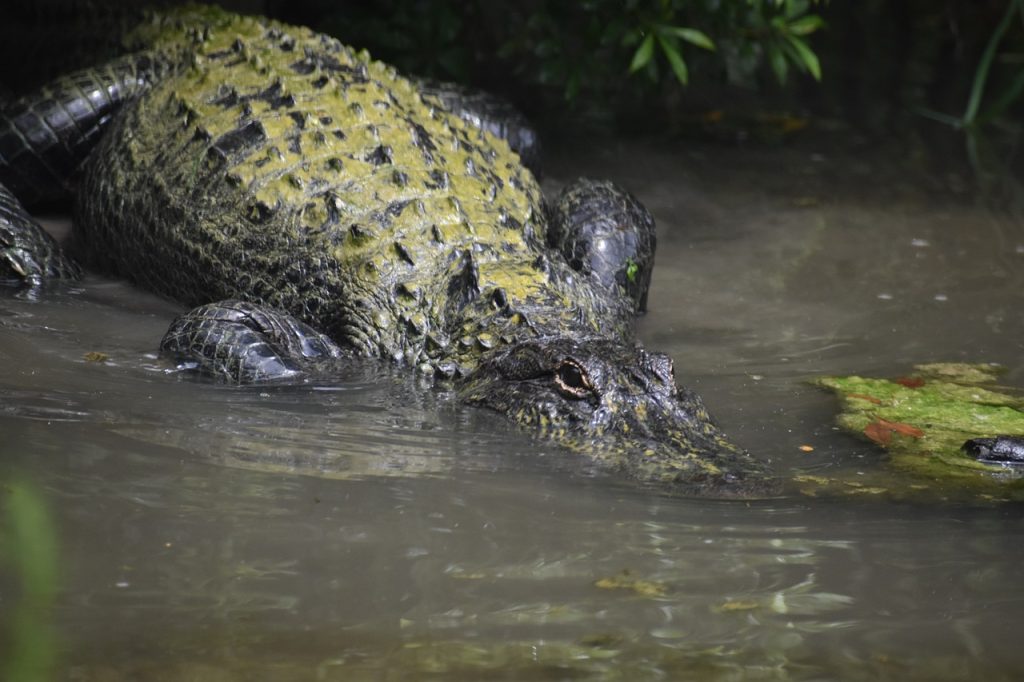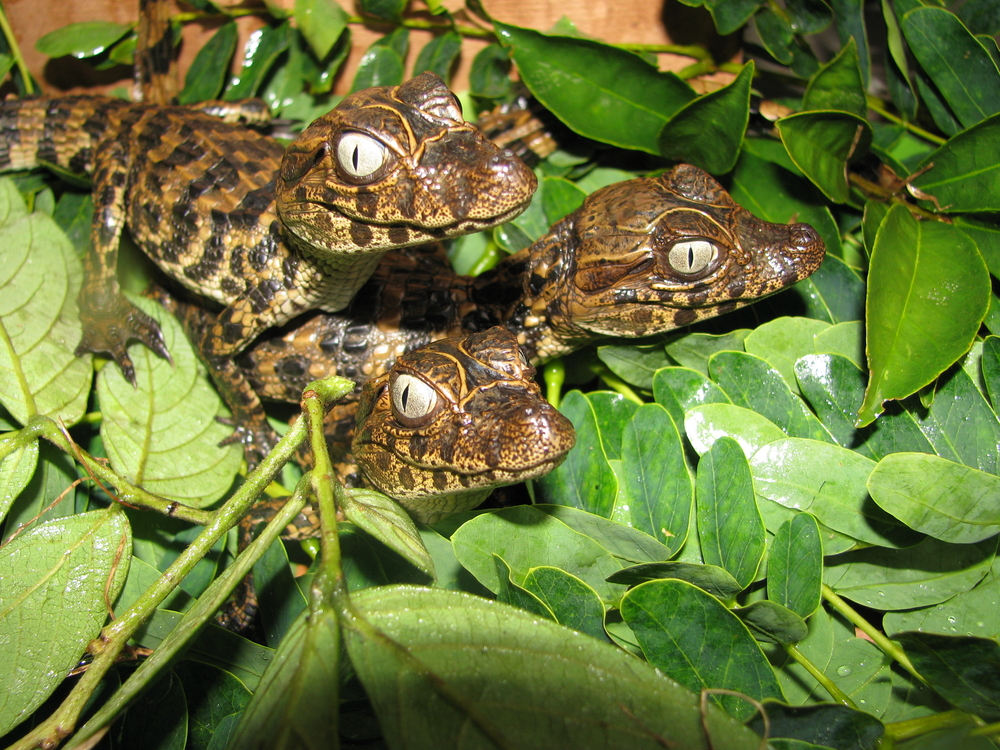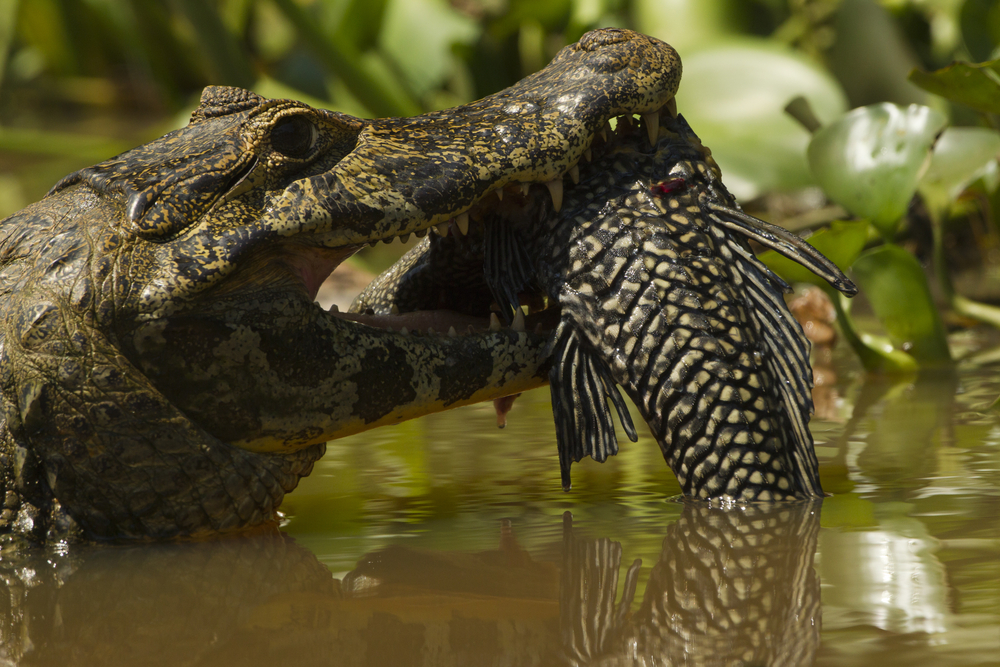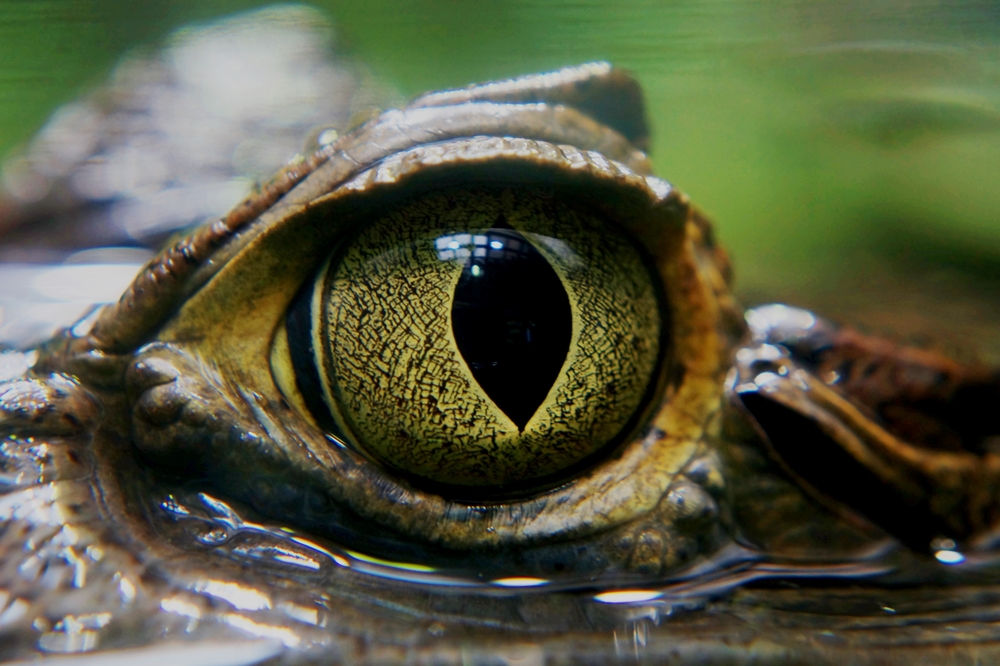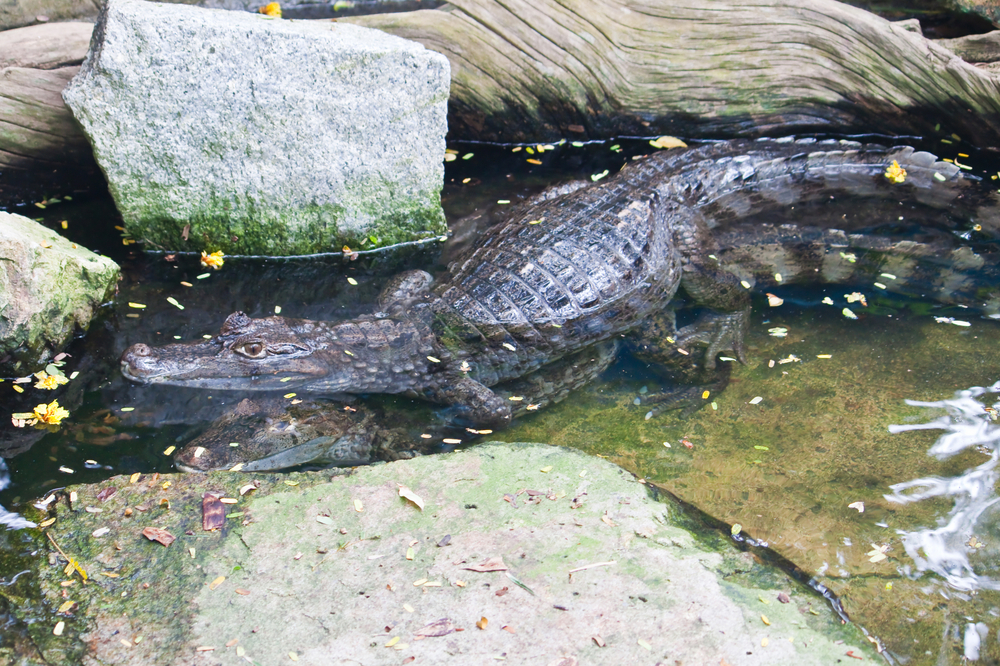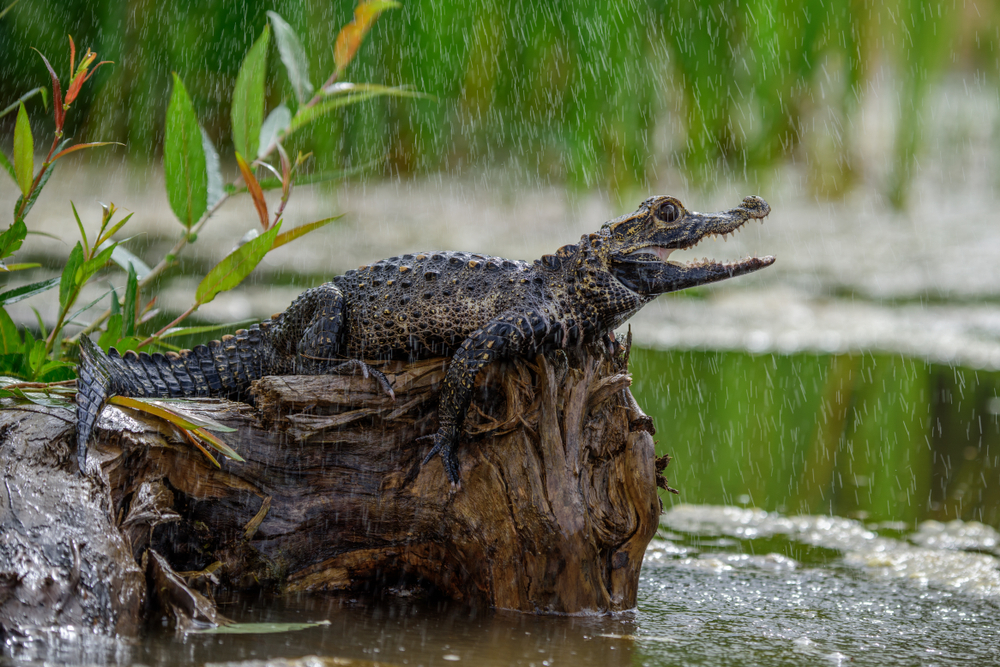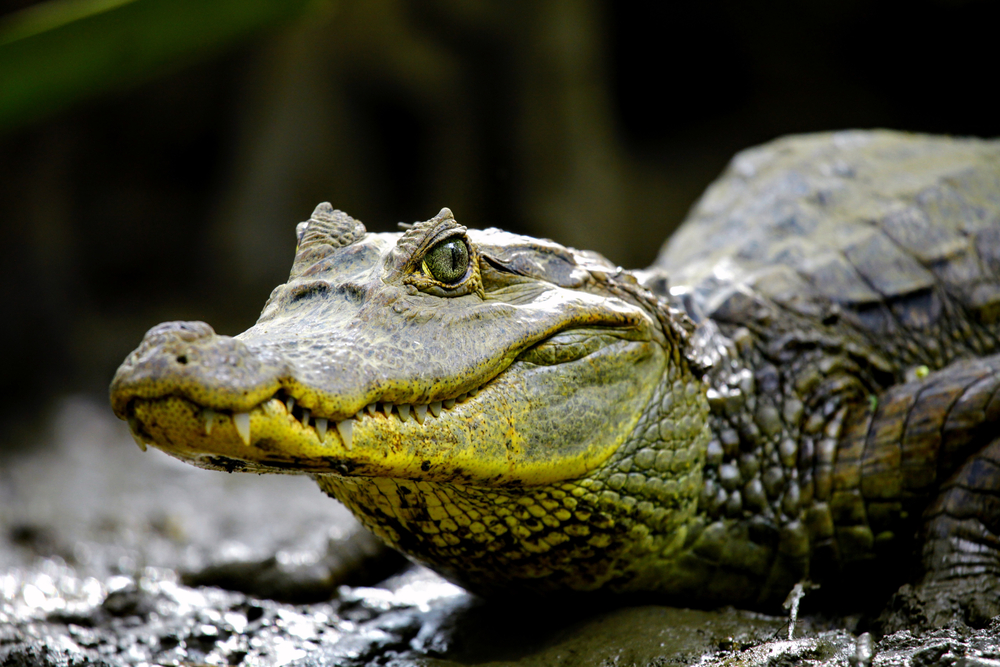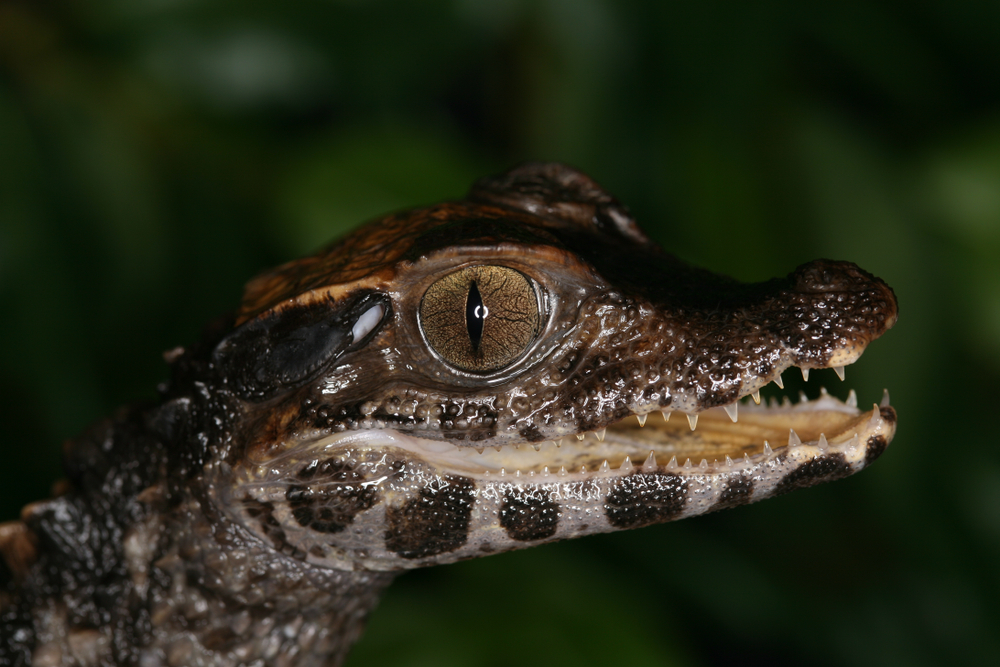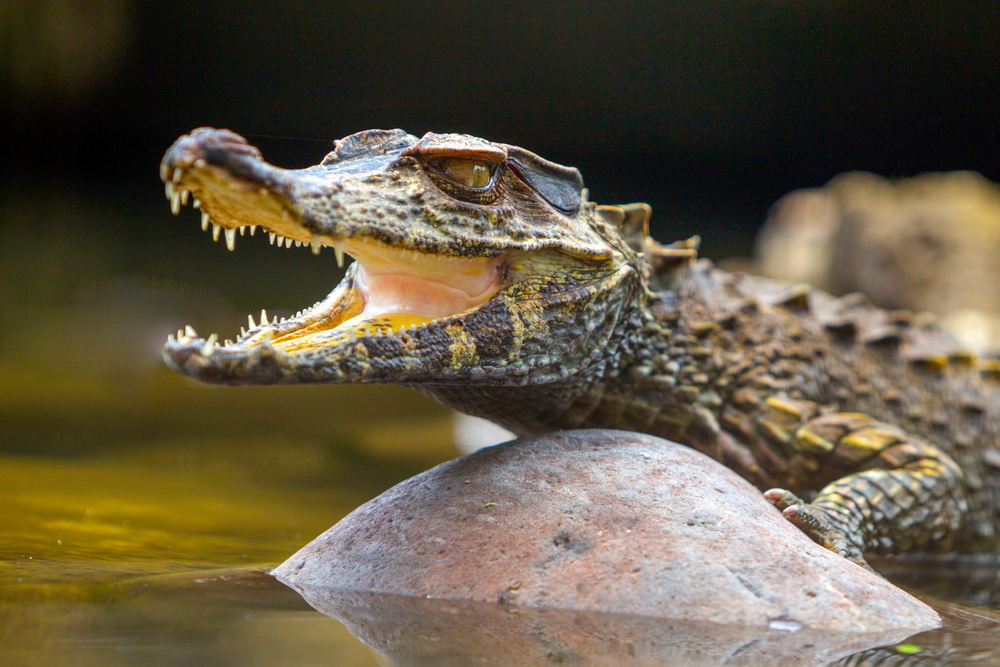The Spectacled Caiman (Caiman crocodilus) and the Black Caiman (Melanosuchus niger) are both species of caimans found in Central and South America, but they have several key differences:
- Size: One of the most notable differences is their size. The Black Caiman is significantly larger, one of the largest crocodilian species, potentially reaching lengths of up to 16-20 feet (about 5-6 meters). In contrast, the Spectacled Caiman is much smaller, typically reaching about 6-8 feet (about 1.8-2.4 meters) in length.
- Coloration: As their names suggest, these species have different coloration. The Black Caiman has a darker, almost black coloration, which helps with camouflage in the dark, murky waters of its habitat. The Spectacled Caiman is lighter, usually grayish-green, and gets its name from the bony ridge around its eyes, which resembles spectacles.
- Habitat: Both species inhabit freshwater environments, but the Black Caiman prefers deeper, darker waters like rivers and lakes, and is mainly found in the Amazon basin. The Spectacled Caiman is more adaptable and can be found in a variety of wetland habitats, including rivers, marshes, and flooded savannas.
- Diet: Due to its larger size, the Black Caiman has a more varied diet and can take down larger prey, including fish, mammals, and even other reptiles. The Spectacled Caiman generally feeds on smaller animals, such as fish, amphibians, and invertebrates.
- Conservation Status: The Black Caiman has faced significant threats from hunting and habitat loss, and although its numbers have improved due to conservation efforts, it remains classified as a species of concern. The Spectacled Caiman is more common and widespread, with a more stable population.
These differences reflect the adaptability and diversity of caimans in their ecosystems, with each species uniquely suited to its specific environmental niche



































































